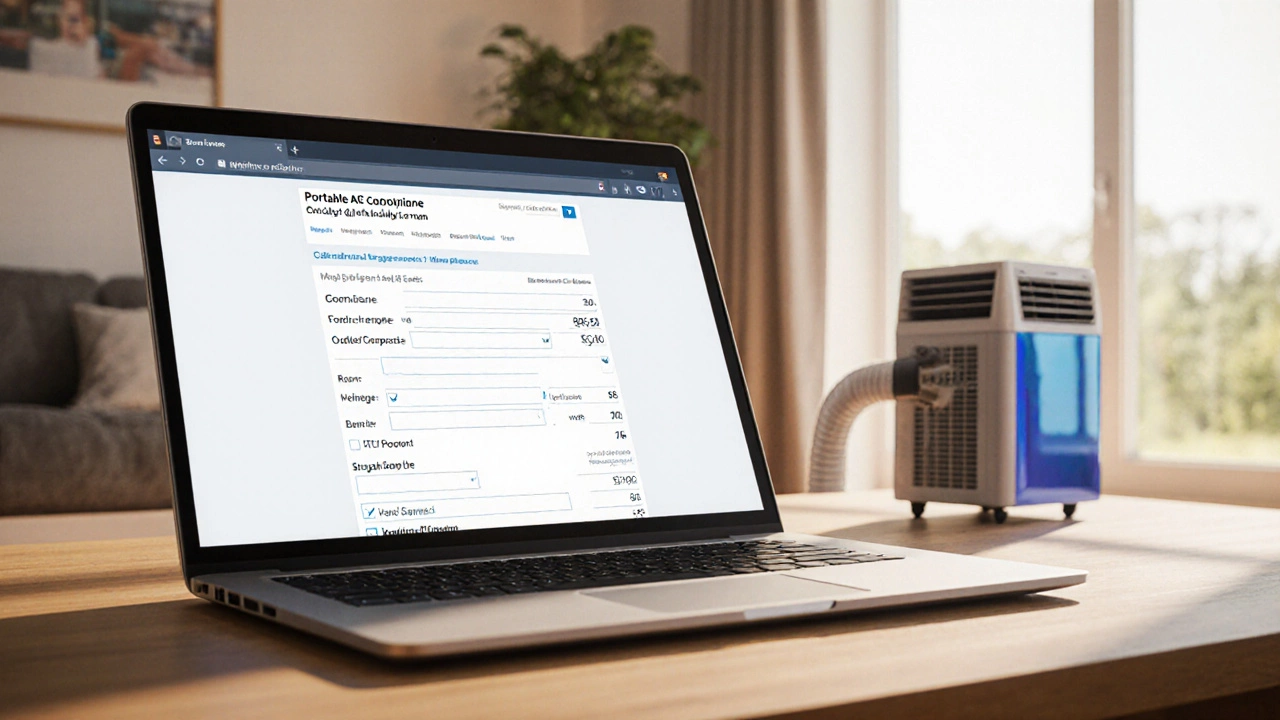Portable air conditioners promise instant relief, but they can also surprise you with the electricity they gobble. If you’ve ever wondered why your bill jumps after a summer heatwave, this guide breaks down the numbers, explains the key specs, and gives you easy ways to save.
First off, the cooling power of any AC is measured in BTU (British Thermal Units). A 8,000‑BTU unit can handle a 150‑sq‑ft room, while a 12,000‑BTU model covers roughly 350 sq ft. The higher the BTU, the more electricity the compressor needs. But it’s not just BTU; the energy‑efficiency ratio (EER) tells you how many BTUs you get per watt of electricity. Look for an EER of 10 or higher – that means you’re getting more cool air for less juice.
Example: A 10,000‑BTU unit with an EER of 10 uses about 1,000 watts per hour. Run it for 5 hours and you’ve burned roughly 5 kWh. At an average UK price of £0.34 per kWh, that’s about £1.70 for a day of solid cooling.
Many think leaving a portable AC on around the clock is the only way to keep a room constantly cool. In reality, that habit can spike your bill and wear out the compressor faster. Modern units have a built‑in thermostat; set it to 24 °C (75 °F) and let the machine cycle on and off. You’ll still enjoy a steady temperature, but you’ll cut energy use by up to 30 %.
If you must run it longer, use a timer or smart plug to shut it off when you’re out. Keep doors and windows closed – even a tiny crack can force the compressor to work harder and waste electricity.
1. Insulate the space. Add a reflective panel behind the unit to bounce heat back into the room instead of the window.
2. Use a fan. A small desk fan circulates the cool air, letting you set the AC a few degrees higher without feeling the difference.
3. Clean the filter. A clogged filter restricts airflow, making the compressor run longer. A quick wipe every two weeks keeps performance up and power down.
4. Choose the right size. An oversized unit cools fast but cycles often, burning more electricity. Size it to your room for steady, efficient operation.
5. Check the voltage. Some older models may run on 110 V in the UK with an adapter, which reduces efficiency. Opt for a 230 V unit built for UK outlets.
By following these steps, you’ll notice lower monthly bills without sacrificing comfort.
Portable ACs are great for renters or temporary cooling needs, but they’re not a set‑and‑forget solution. Understanding BTU ratings, keeping an eye on EER, and using timers or fans can shrink your energy consumption dramatically. Stay cool, keep your wallet happy, and enjoy a hassle‑free summer.

Learn how to determine the optimal daily runtime for a portable air conditioner, factoring in room size, humidity, BTU rating, and energy costs to stay cool efficiently.